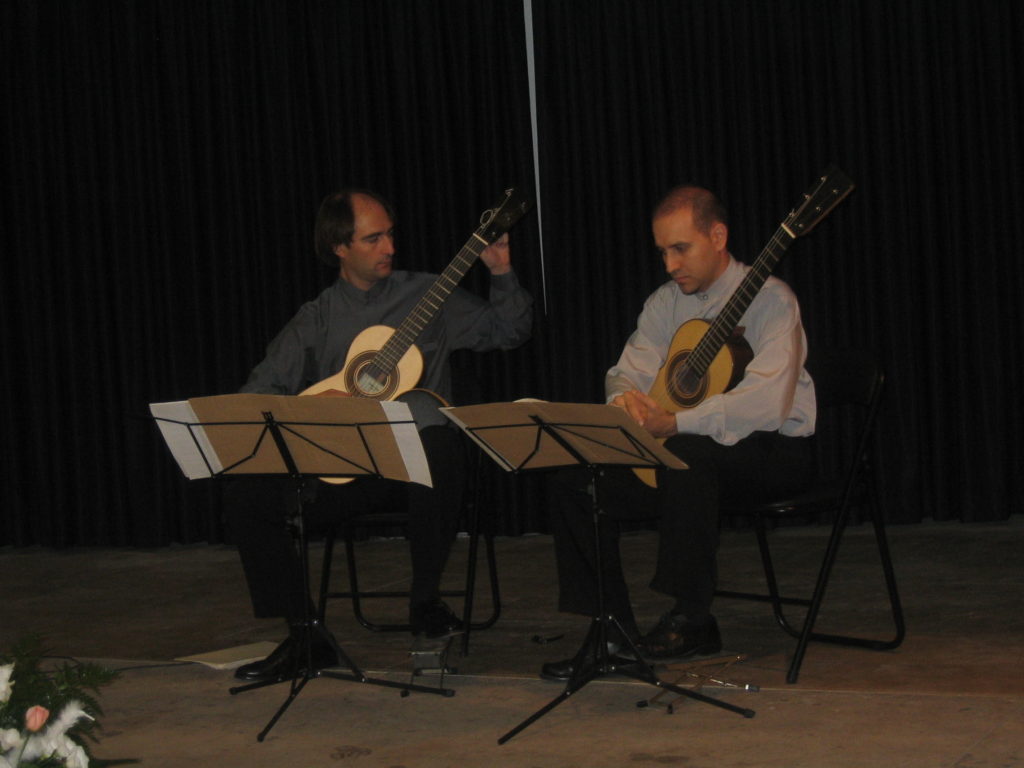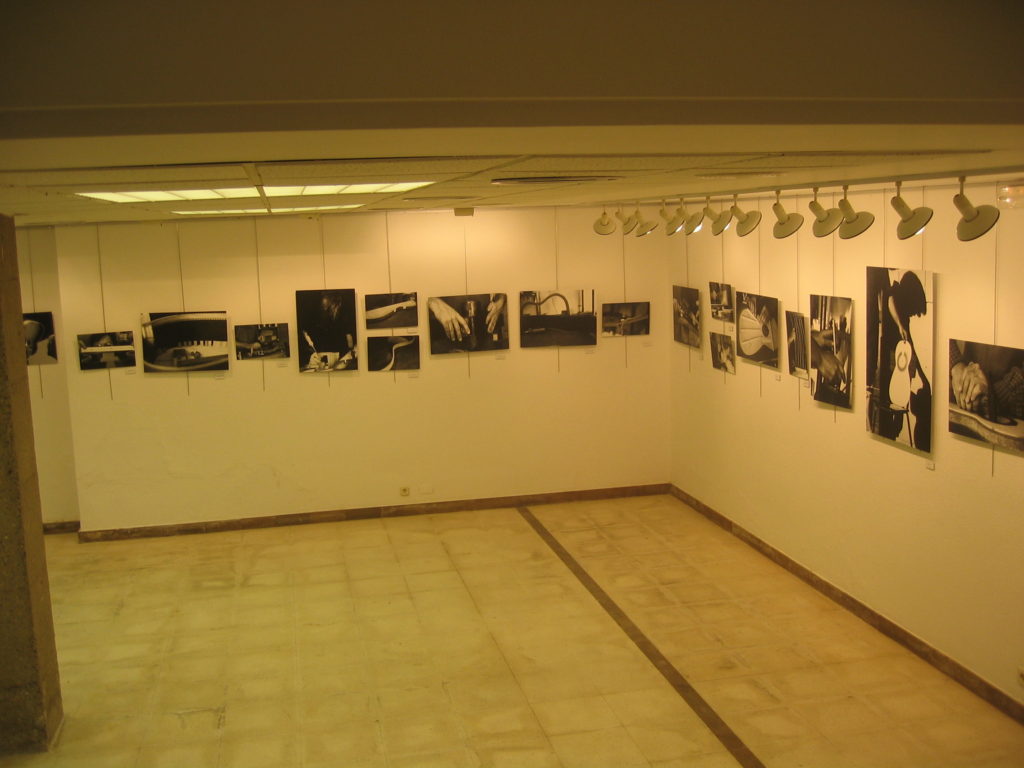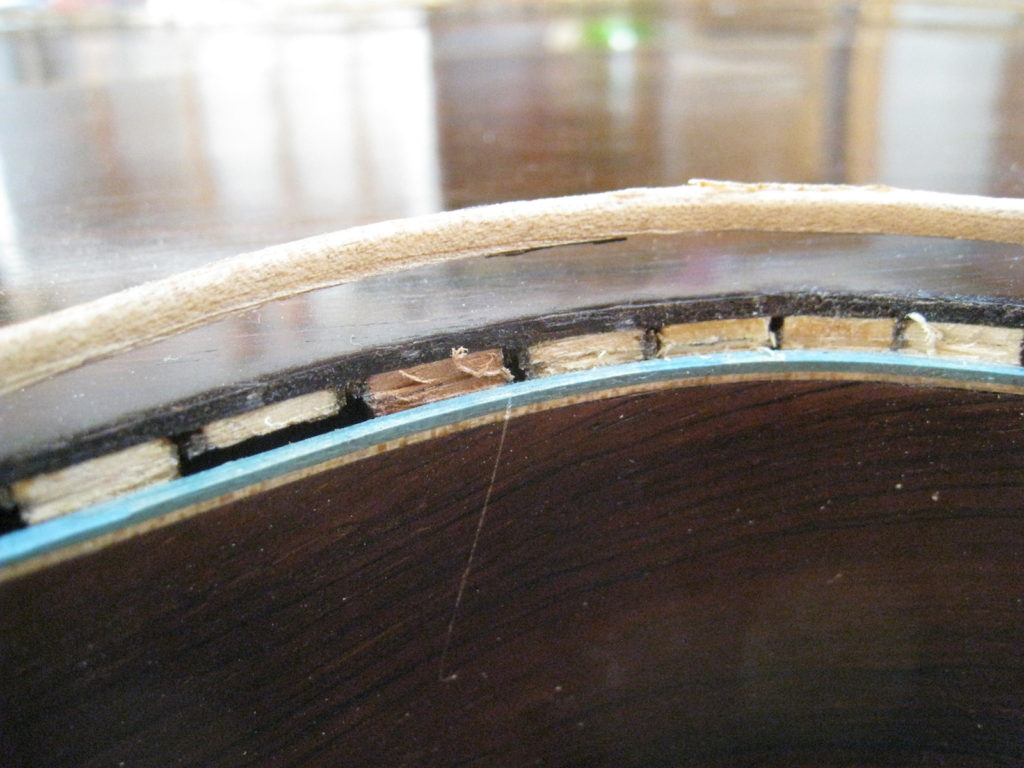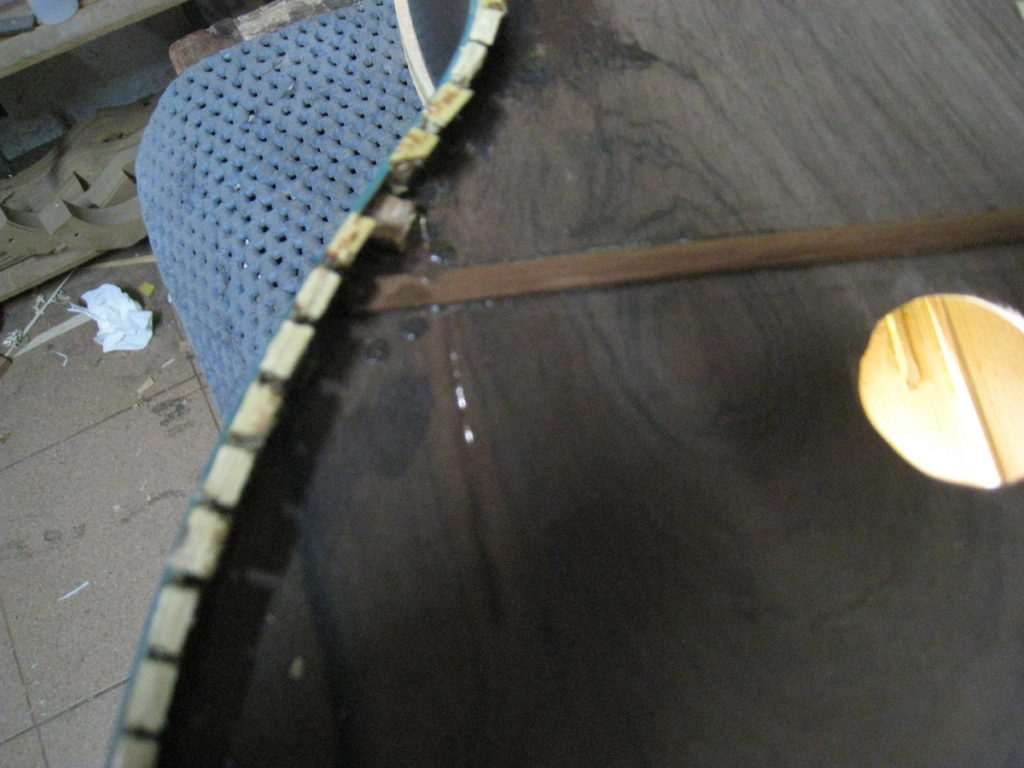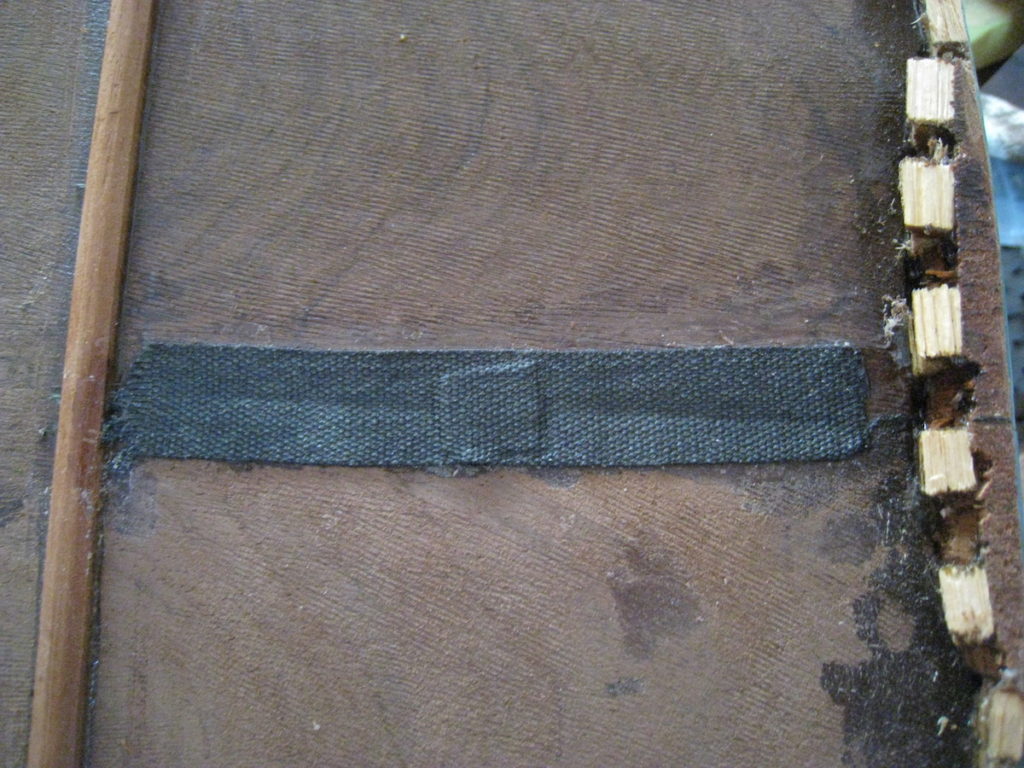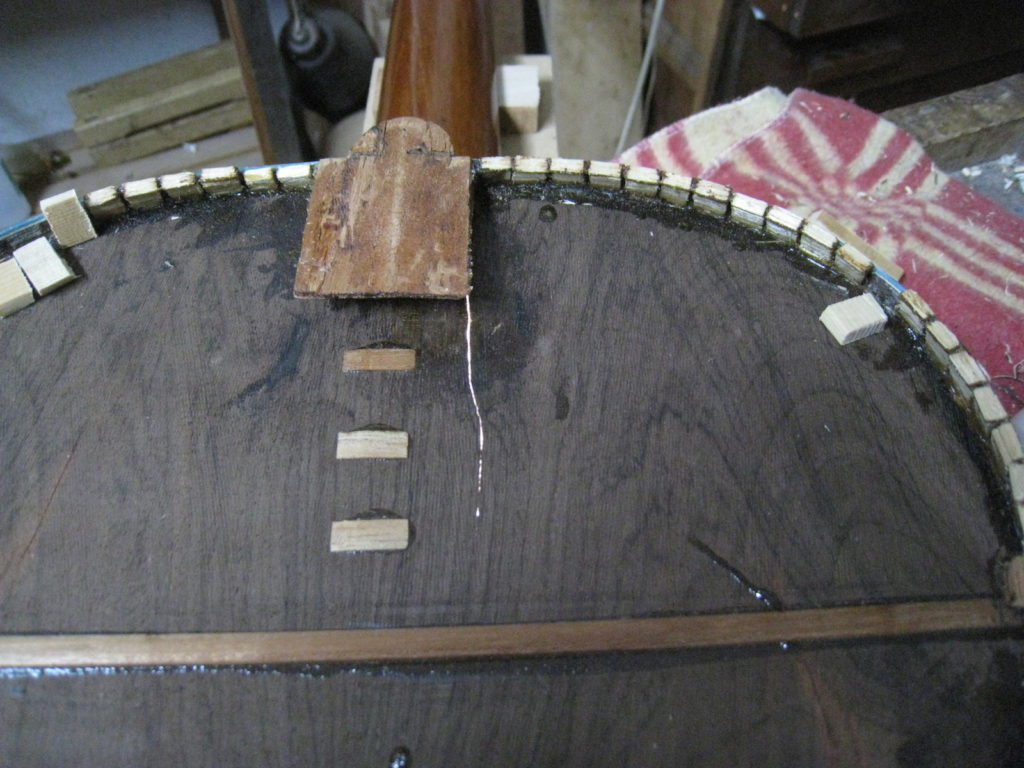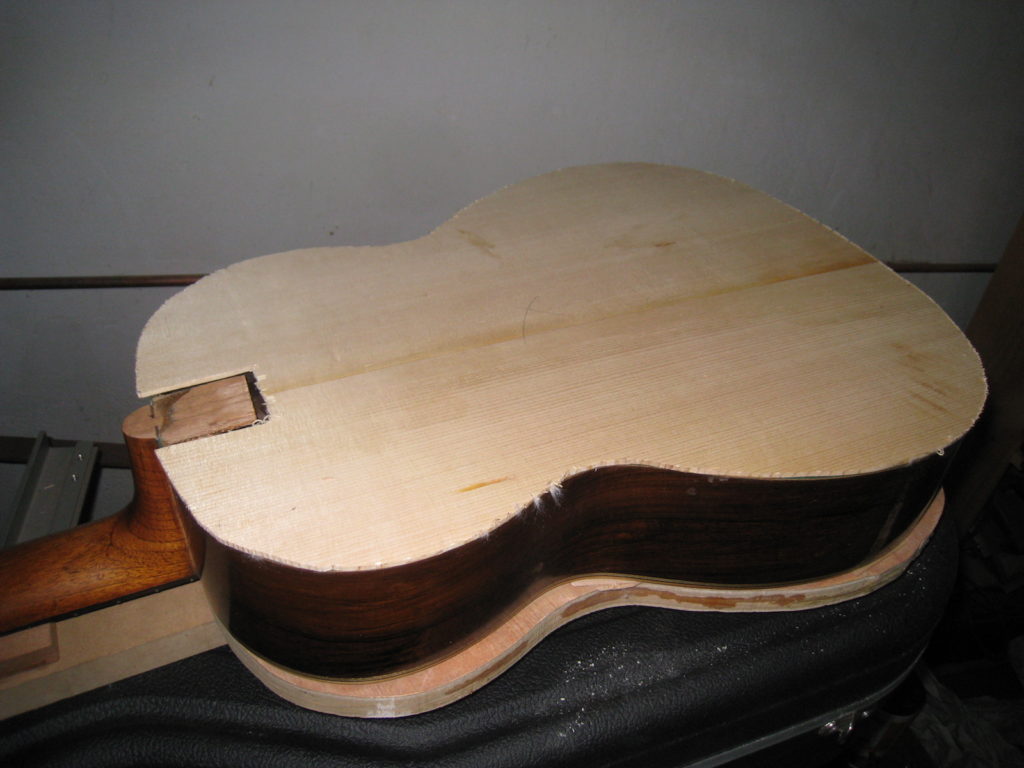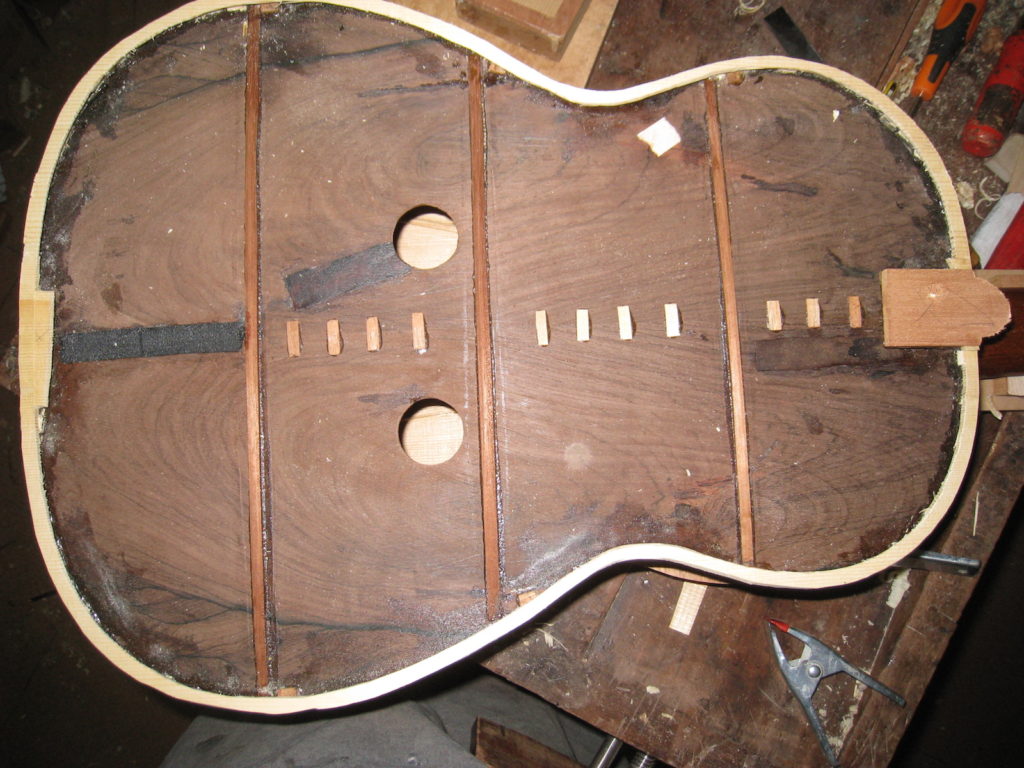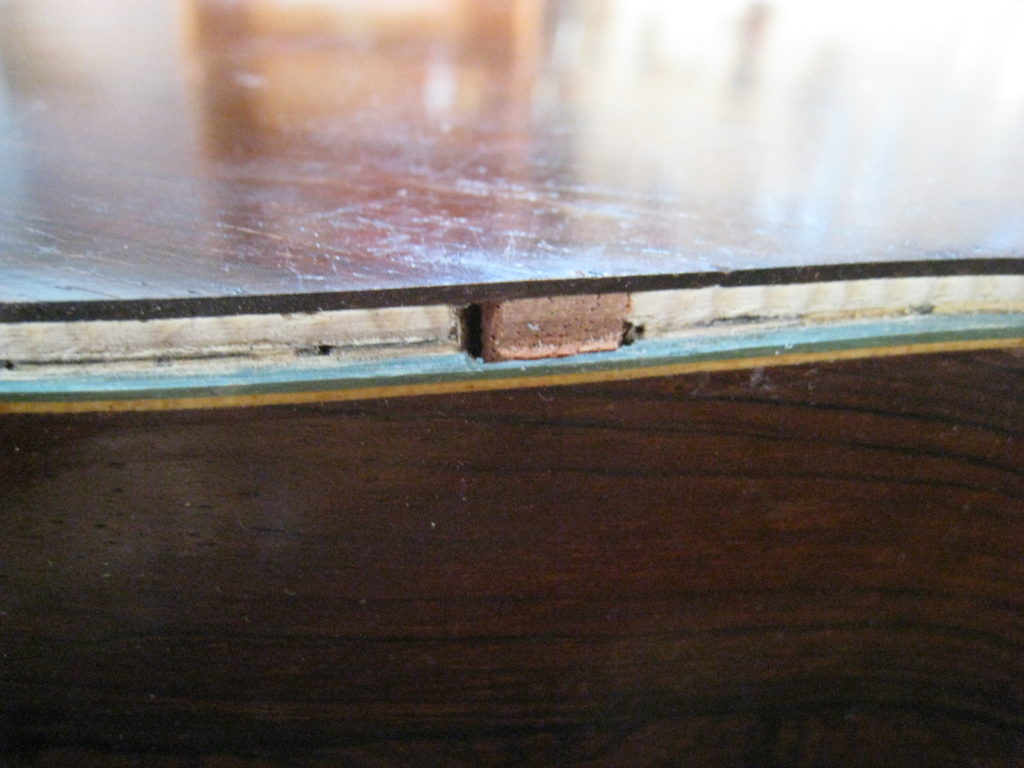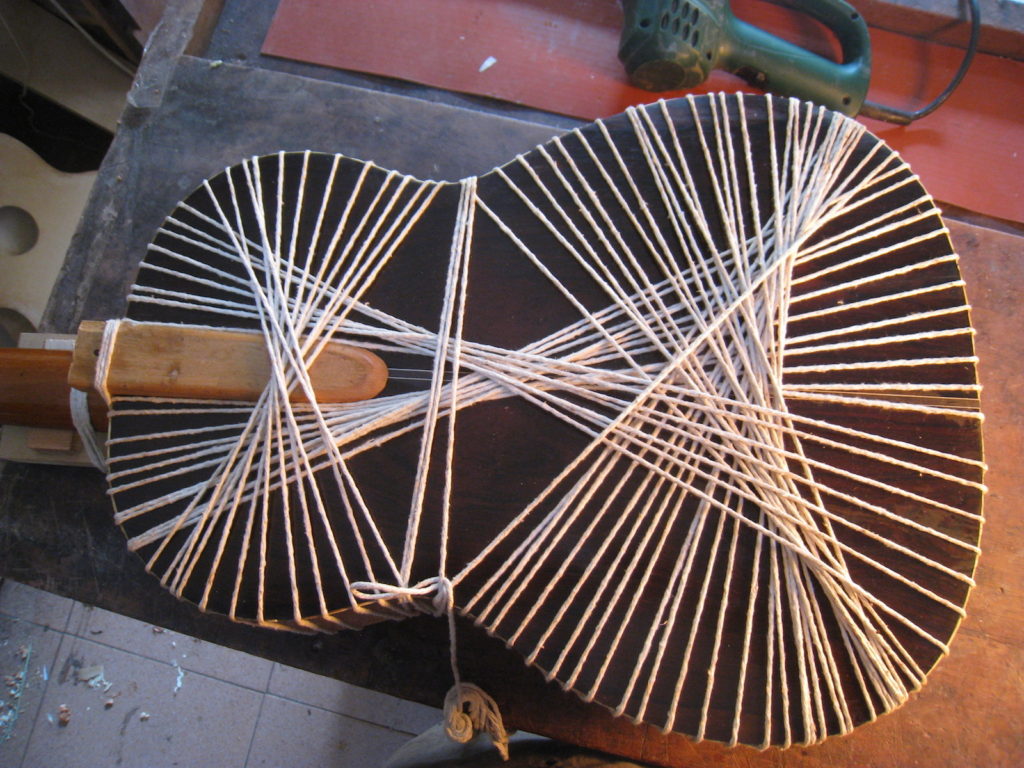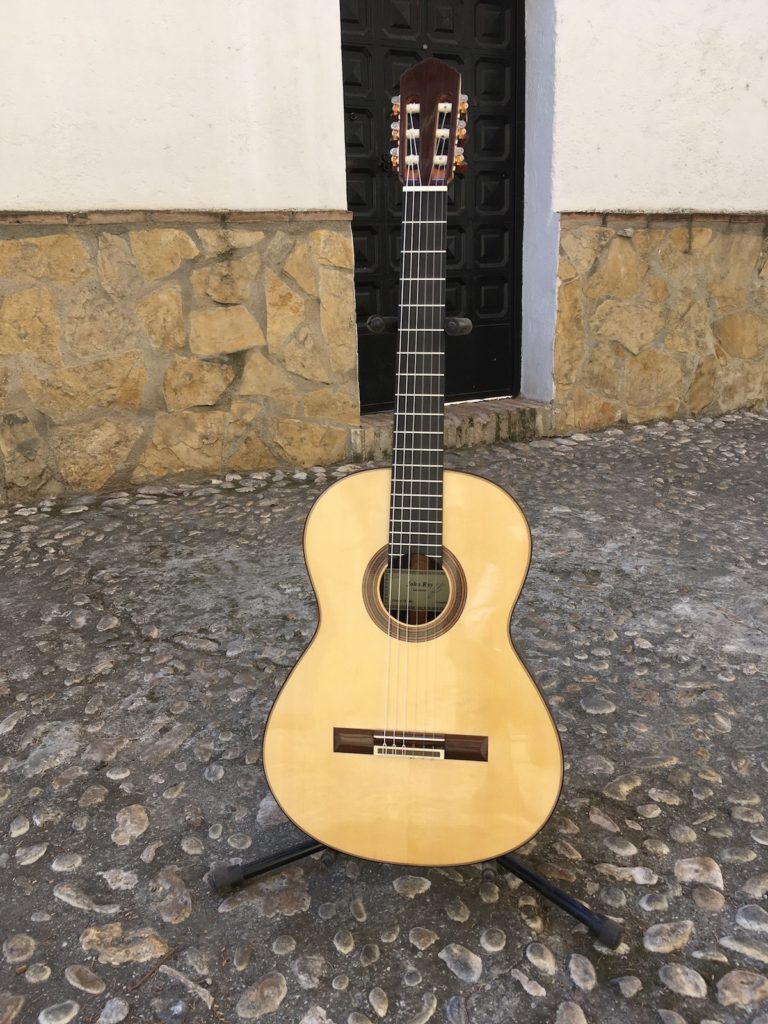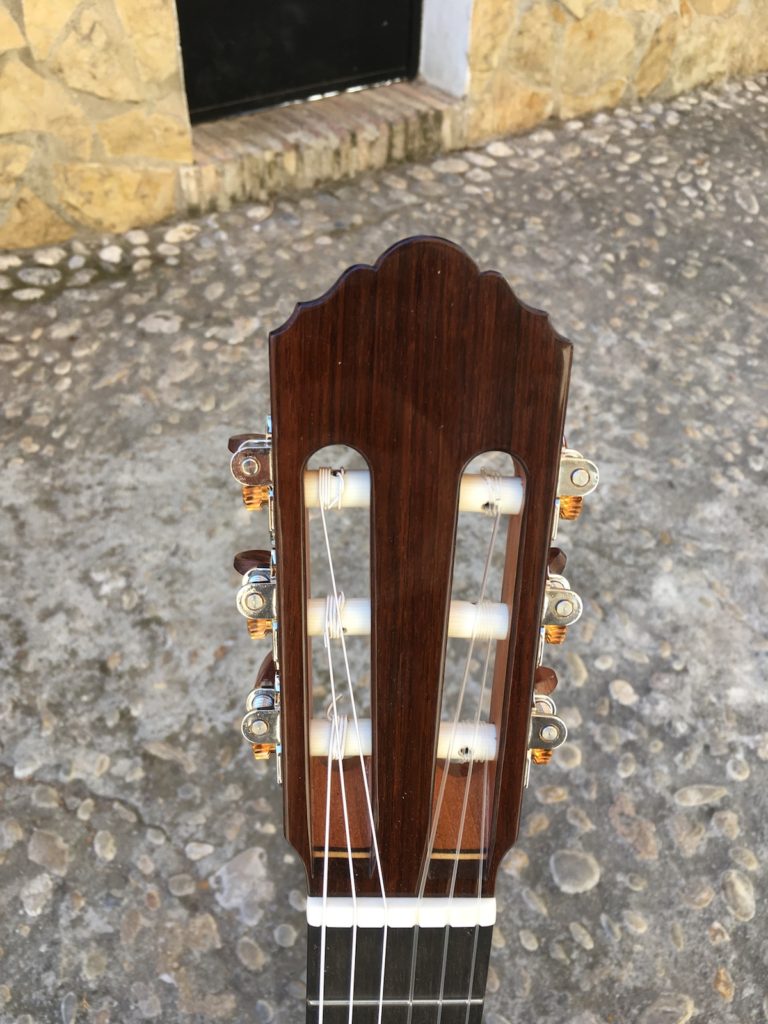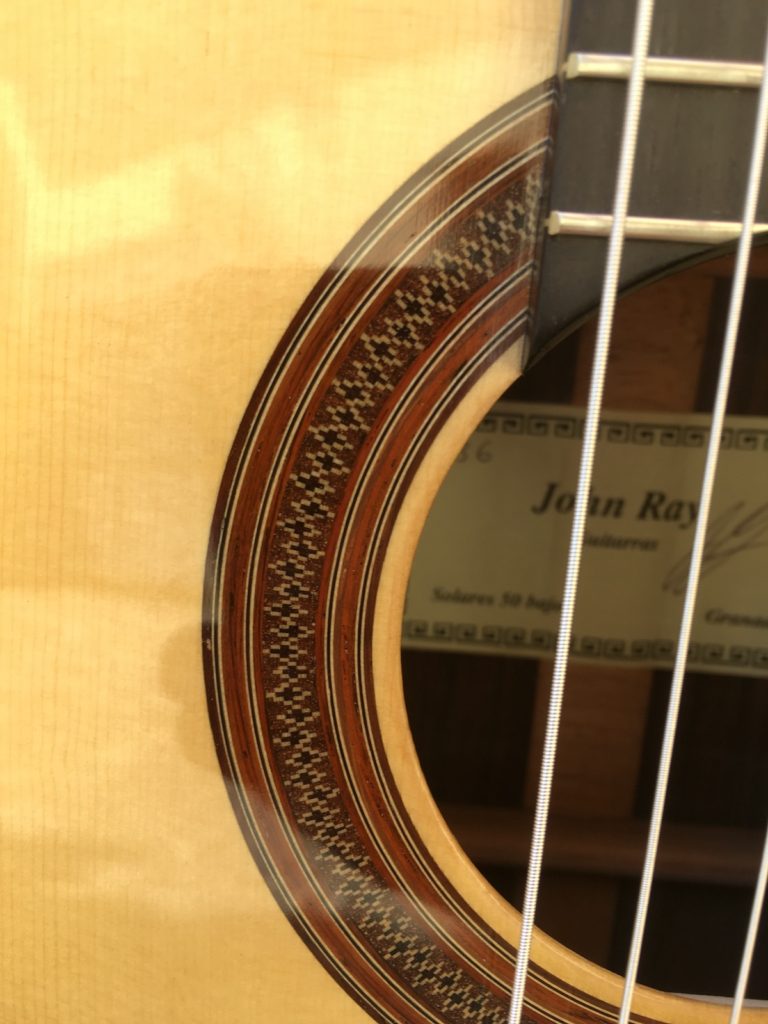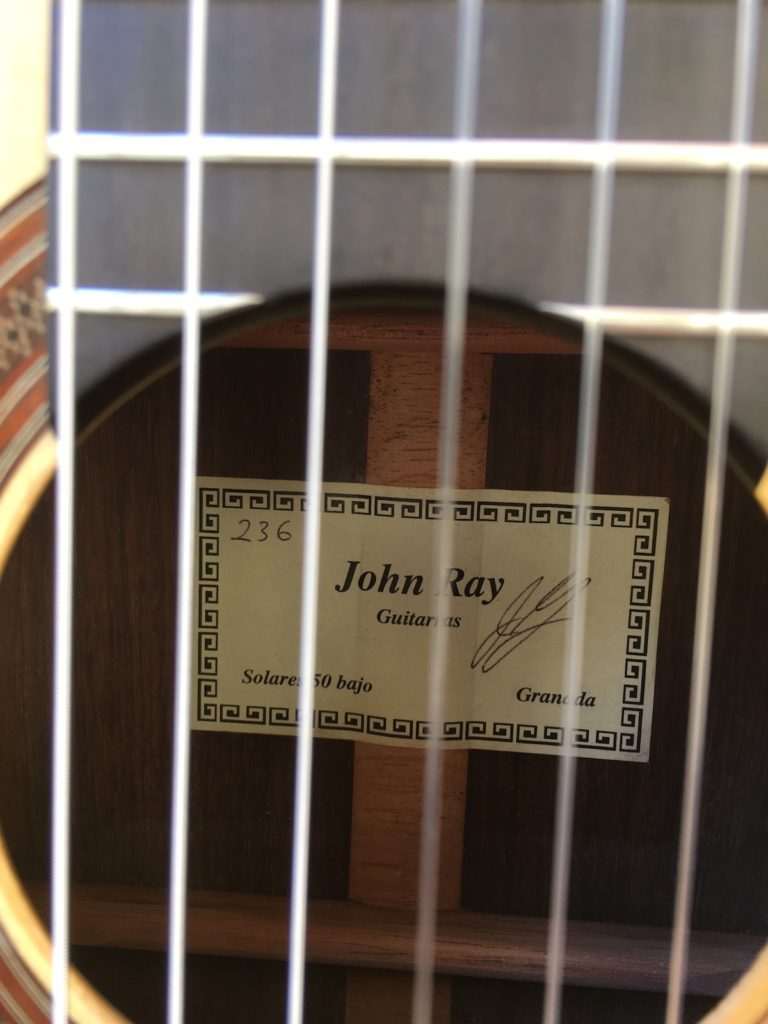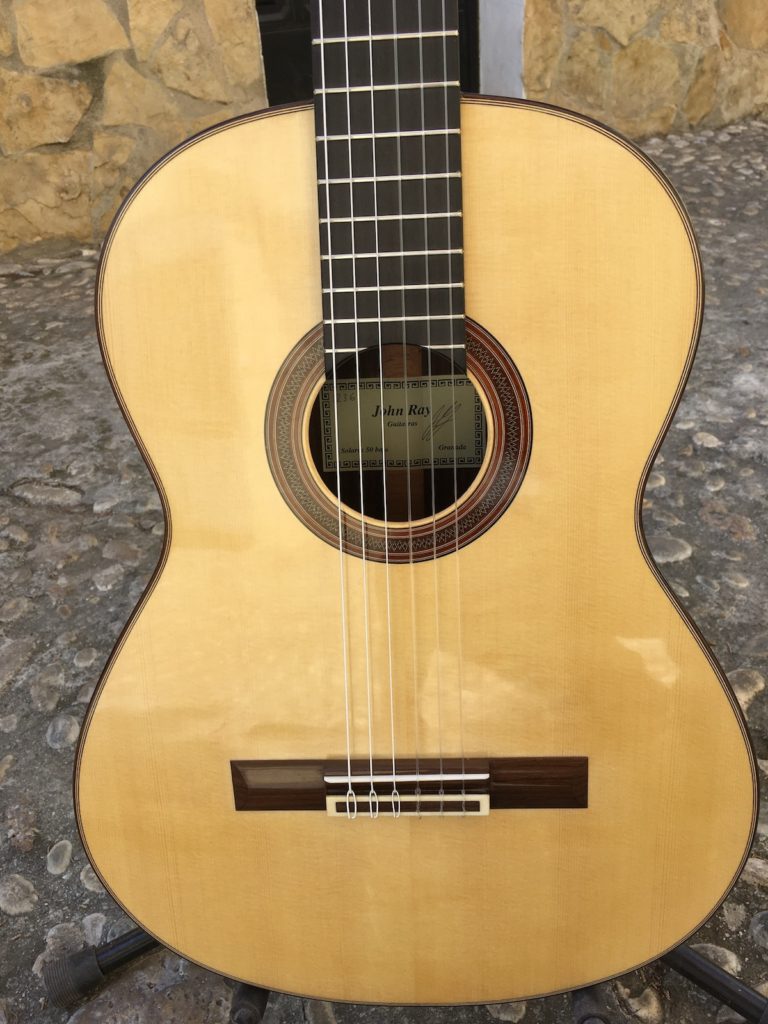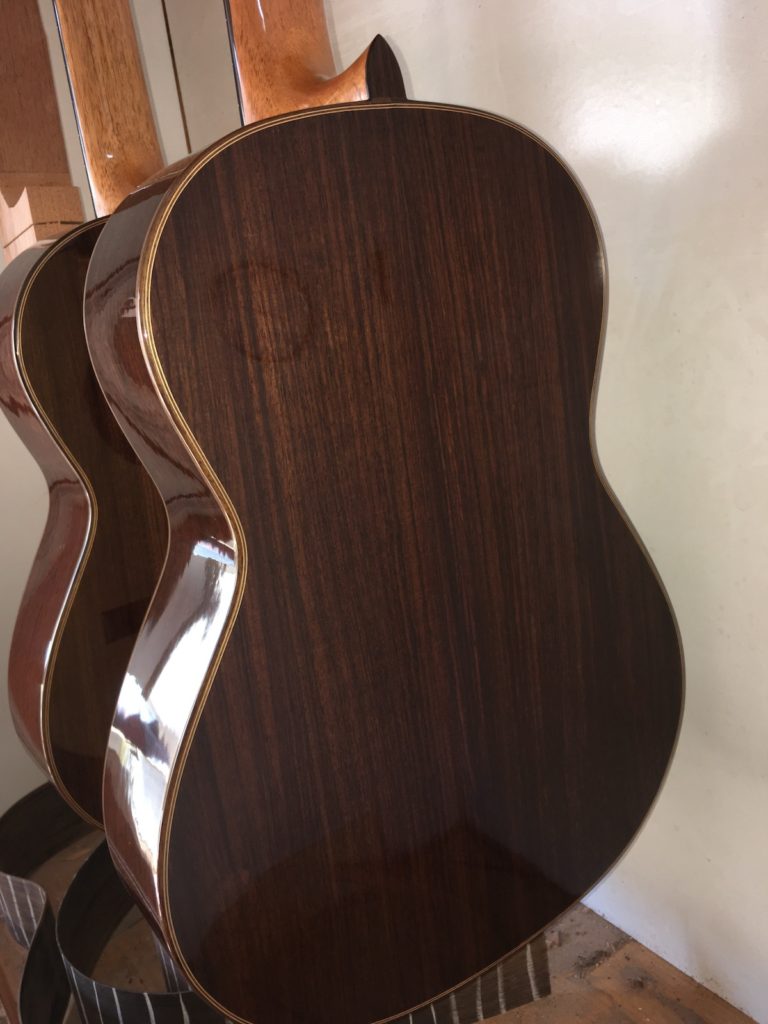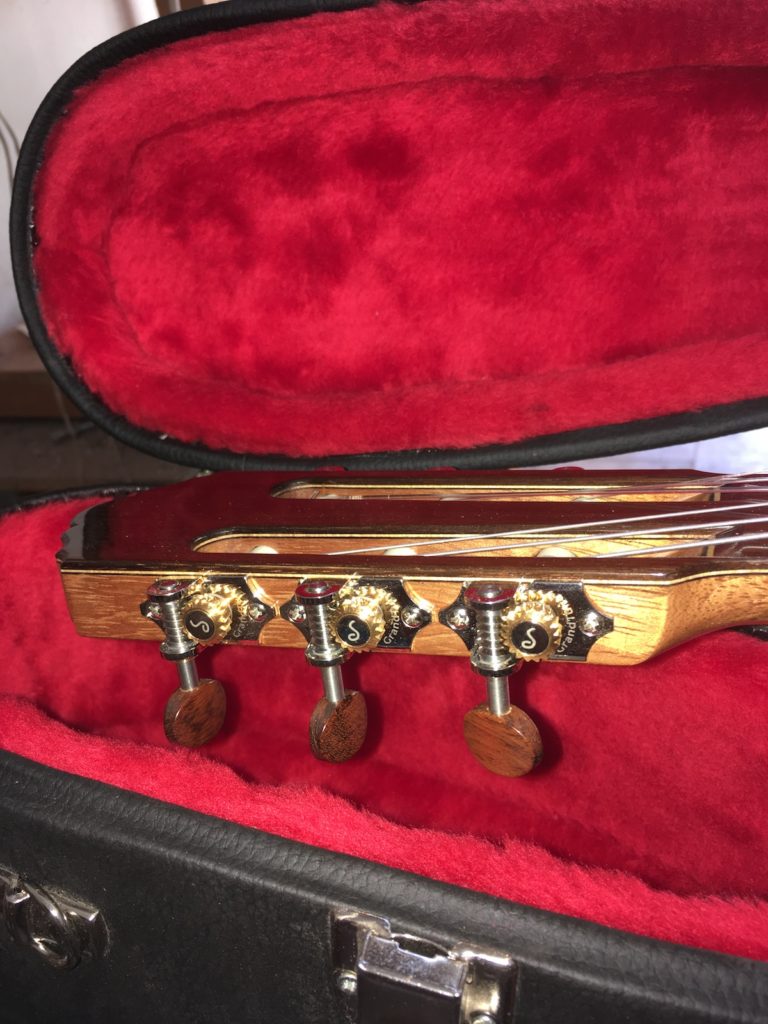Many businesses, especially in Spain are grinding to a halt. The idea is that we can avoid any more contact than the strictly necessary and I am fully supporting this but the economic result will be hard on many, many people. In my case it will actually be against the law for me to go in to work from today until April 9. I do have work that needs doing and I would love to have some guitarists come by to try out my latest guitars but that is not going to happen for now.
So how about those of you with severe Guitar Acquisition Syndrome, what to do? Dealer showrooms closed down, makers not opening their doors to anyone. Needless to say no one is travelling to Granada to buy guitars and guitar exhibitions have been cancelled. So what is left? If you have been drooling over pictures of a guitar and are a hair away from shelling out for a new beauty now is not the time to step back. If you are willing to buy sight unseen now is the time to pump your money into the economy and take the plunge. Most makers will give you a trial period as long as you pick up the bill for shipping. And due to the slowdown a lot of them might suddenly have guitars on hand that they can part with.

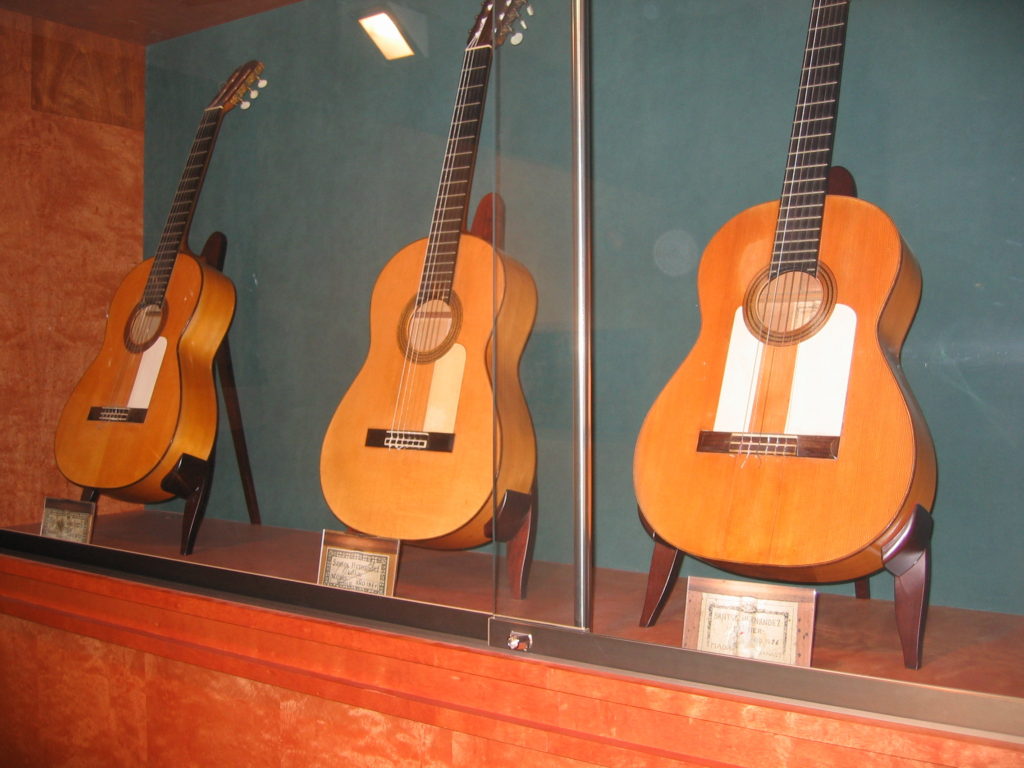
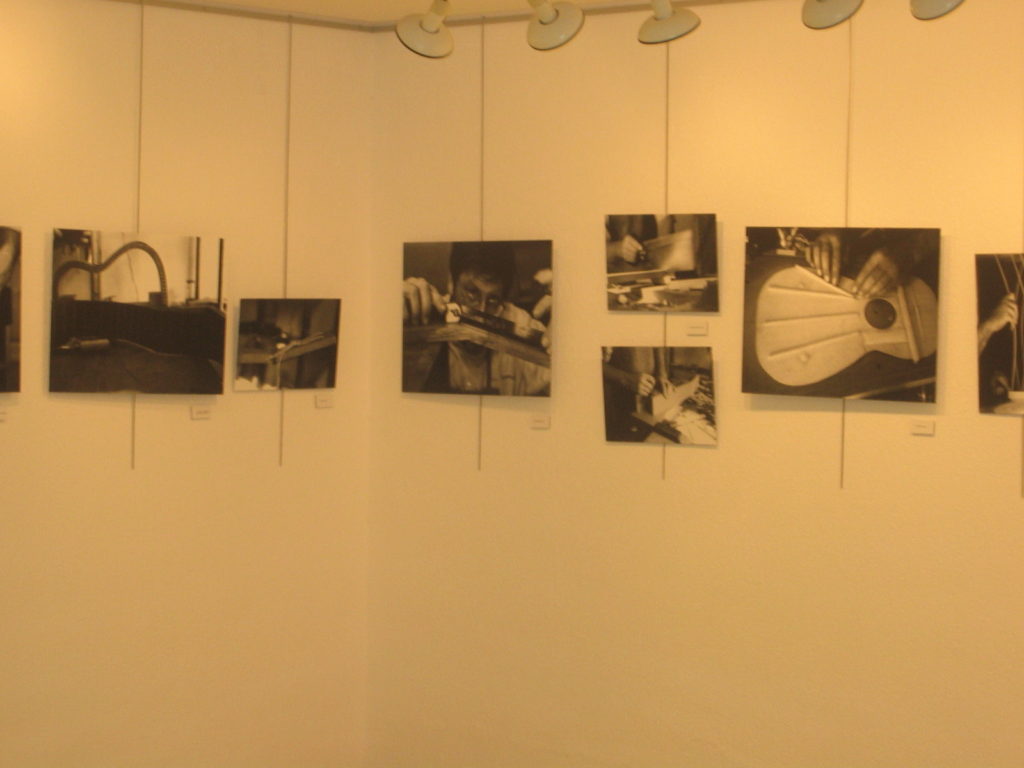 The book
The book 